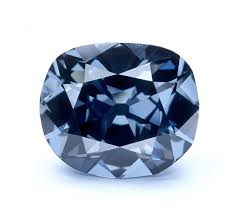
Blue Diamonds
05.12.17
The blue diamonds are one of the greatest gemmological mysteries, as scientists, including here at the IGR laboratory, are still discovering unique features of their nature.
Blue diamonds are extremely rare and highly desirable among other diamonds and gemstones. The most pure blue diamonds are Type IIb. The remarkably rich blue tones are caused by the traces of boron atoms in the crystal structure. The light is absorbed in red, yellow and green areas of the colour spectrum, allowing us to see the serene blues. They have a slight hint of grey, so they’re rarely as highly saturated as blue sapphires. Blue diamonds are graded the same way as other fancy coloured diamonds, evaluating the hue, tone and saturation of the colour.
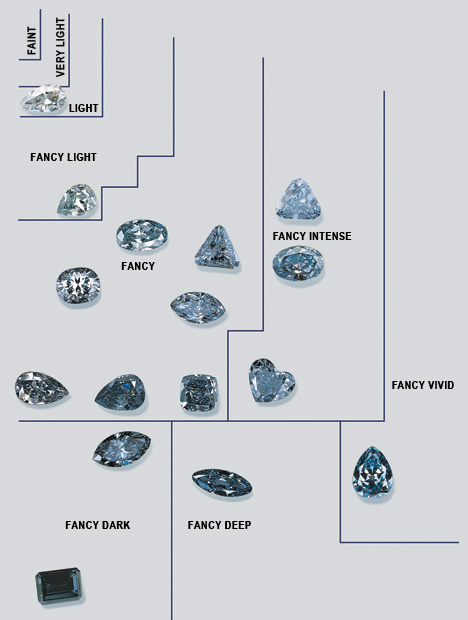
Figure1. Colour grading scale, judging the colour by its saturation, hue and tone of the stone. Photo taken by GIA laboratory.
Relatively recent discoveries showed that blue colouration is caused due to hydrogen atoms and it was suggested to class them as Type III diamonds. However, the occurrence of these diamonds are exceptionally rare and subjected to further investigation.
Irradiation and HPHT treatment can also produce blue colour in diamonds. However, the treated diamonds will have different properties to the natural blues.
When it comes to testing natural blue diamonds, there are few characteristics which are only seen in the Type IIb diamonds. One of them is the electrical conductivity; blue diamonds act as conductors whereas others are known to be electrical insulators.
Another prominent feature is the phosphorescence, natural blue diamonds emit energy in the form of glowing light after they are removed from the source. The phosphorescent colours may vary, mainly a prominent red colour was recorded. The perfect example is the famous blue diamond named "Hope" displaying the strong red phosphorescence, which lasted 15-20 seconds.
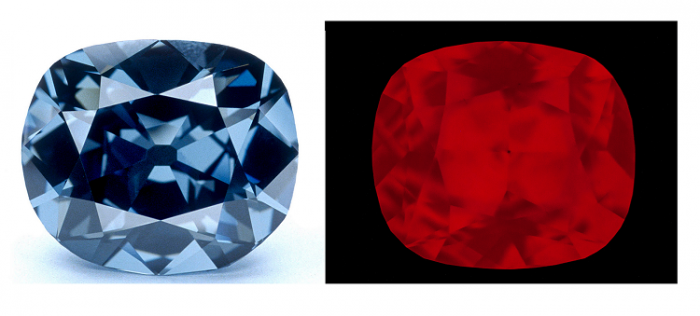
Figure2. Blue diamond display distinct red colour fluorescence when subjected to UV radiation.
There is no exact location where blue diamonds occur. However, the earliest blue diamond was discovered in India, in the Kollur mine in the Guntur district of Andhra Pradesh in the seventeenth century. It was a famous Hope diamond, well known for its astonishing beauty, tragic mysteries and rich history. Nevertheless, blue diamonds have also been found in the Cullinan Mine in South Africa and the Golconda region. A few have been found in the Argyle Mine in Western Australia as well, and are offered at their annual Argyle Tender.
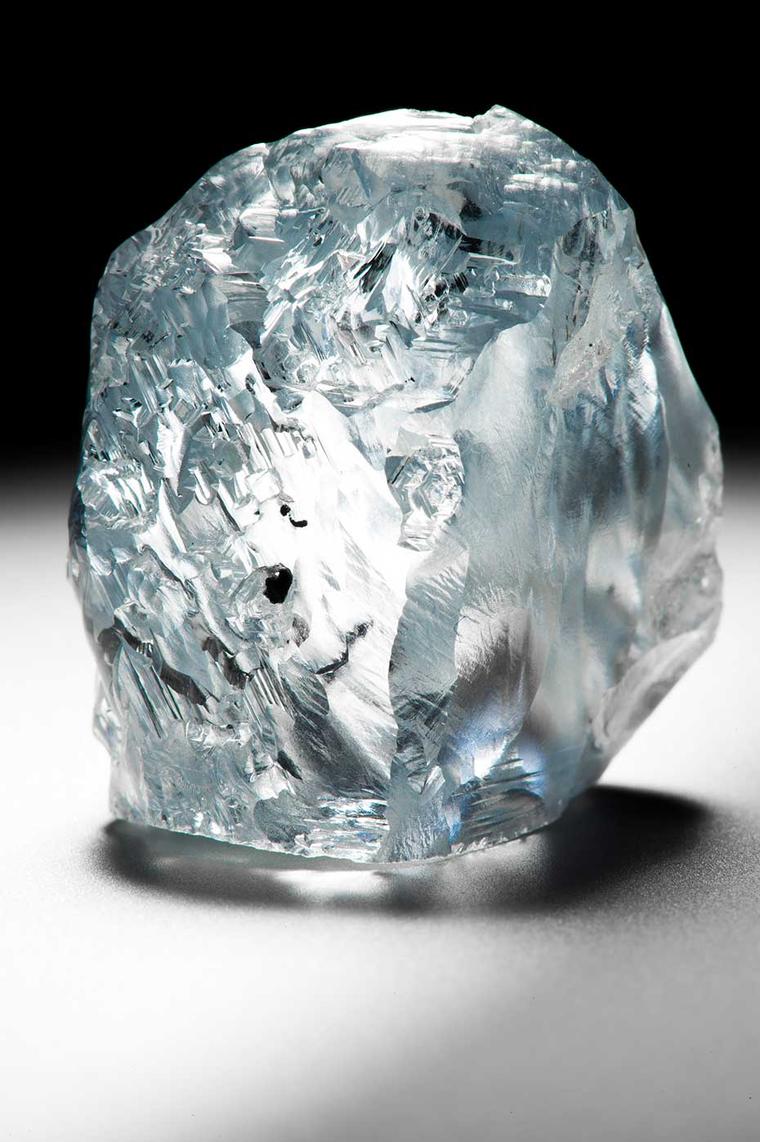
Figure3. An exceptional 122.52 carat blue diamond discovered by Petra Diamond at Premier Mine in Cullinan.
Whenever a blue diamond is unearthed, it becomes the top news and an immediate object of desire, enchanting with their beauty and complex nature. Despite the lack of information on Blue Diamonds, the IGR laboratory continues to conduct research and share it on our blog.
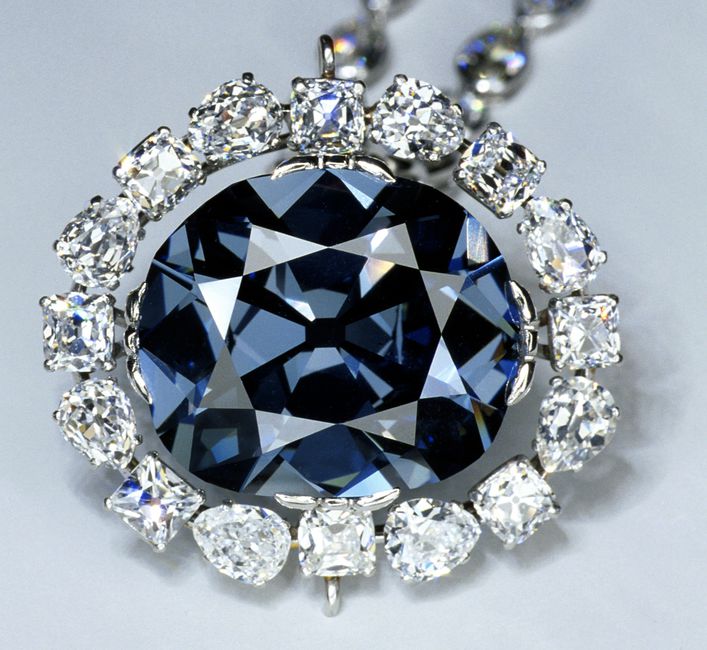
Figure4. The Hope diamond weights 45.52 carats was found in India in Kollur Mine and now is in Smithonial Institution.




